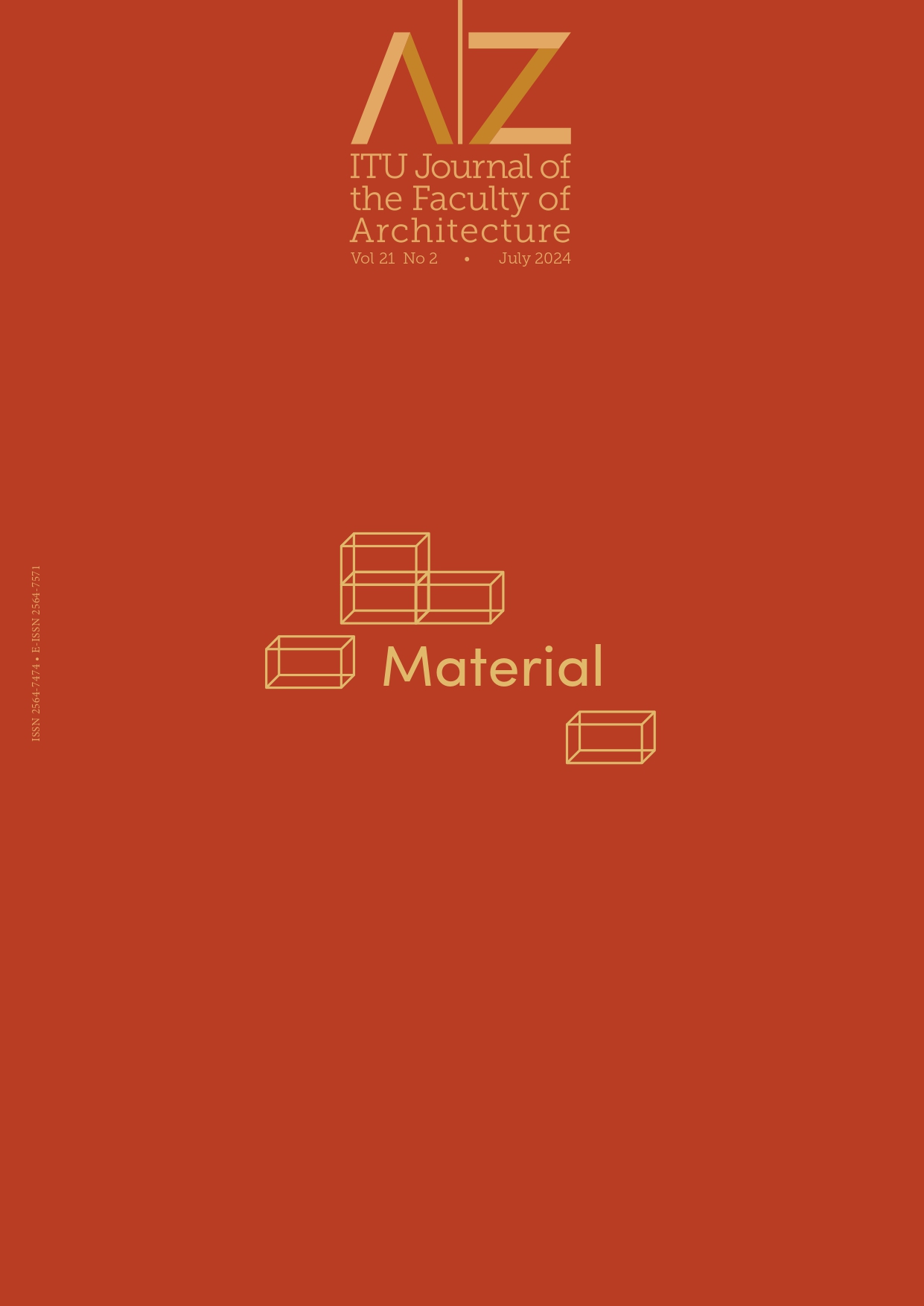Evaluation of alternative construction methods for architectural additive manufacturing applications
Published 2024-07-30
Keywords
- Additive manufacturing,
- Fuzzy Shannon’s entropy based alpha level,
- Fuzzy TOPSIS,
- Robotic architecture,
- Traditional construction methods
Abstract
The development of various construction robots has transformed the architectural landscape, facilitating the design and construction of more unique structures through the implementation of diverse designs. This study explores 13 architectural building applications constructed using the additive construction method, comparing them with traditional construction methods as alternatives. Initial steps involved establishing critical criteria for the construction process through extensive literature review and expert consultations. The significance of these criteria was determined using fuzzy Shannon’s Entropy Based on Alpha Level, identifying considerations paramount during the construction phase. Subsequently, the importance degrees of these criteria were instrumental in evaluating potential construction methods for each architectural application using the Fuzzy TOPSIS method, renowned for its efficacy. Findings prioritize building size, construction time, and cost for the architectural applications under review. The comparative analysis revealed that 6 out of the 13 applications constructed with the additive method would benefit more from alternative methods, with the Wood Skeleton method emerging as the superior alternative, closely followed by Concrete Pouring with Mold. Incorporating Fuzzy Shannon’s Entropy and the Fuzzy TOPSIS method, it offers a more nuanced and comprehensive assessment of various construction techniques. Furthermore, the study’s focus on key criteria such as building size, construction time, and cost aligns closely with the industry’s evolving priorities, emphasizing efficiency and sustainability. The findings underscore the need for a more adaptive and selective application of construction technologies and setting a new benchmark for future studies in construction method optimization that blend traditional techniques with cutting-edge decision-making tools.


